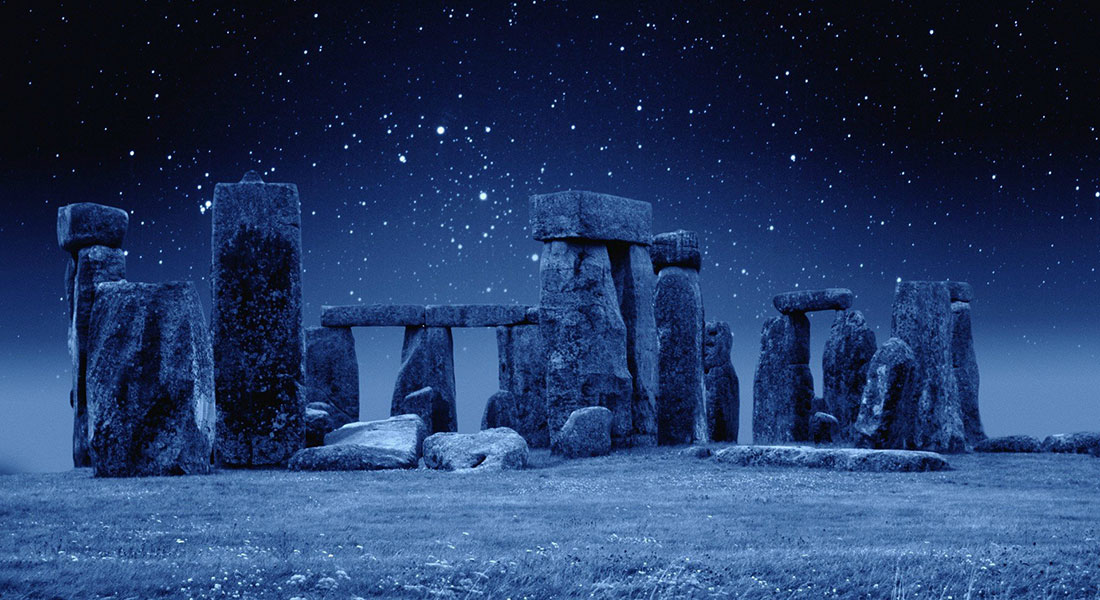Will not forget,
the stones that are set in
round, on Salisbury plaines. Though who put ’em there, ’tis hard to declare
The Romans, or Merlin, or Danes.
Walter Pope — 1676
The mystical location was determined where the sun’s path merged its warming light with the life renewing forces of the other planets’ powers that radiated onto Earth. The ancients had long recognized that the Divine had chosen and blessed this spot.
They had gathered there for worship and contemplation from the earliest times for the moon; the brightest object in the night was important. Also, the sun. These two factors —-the sun and the moon—-played an important role in the master plan.
The human fairy architects reverently designed the hallowed circle, the perfect sanctuary where all creatures could come and be at peace, in themselves and with each other, by a forested river of Yew trees which were sacred to all for worship. A culture that respected the earth, the trees, the stones, for everything held power and meaning to the human fairy.
Thus, at that time, Stonehenge marked a time of peace and unification for the peoples of Earth. It embodied a spirit of cooperation in which people from across the world worked together for the benefit of all.
It was a massive undertaking. Under the instruction and supervision of the human fairies, the labour of thousands moved stones from the volcanic furnaces and then shaped and erected them in exactly the right way.
The work, requiring everyone to pull together, was an exhilarating experience of collaboration and harmony. Stone walls were erected, spiraling towers, a massive temple with a timber ceiling that did not survive time. Sadly, this partnership was not without anger, jealousy, and resentments amongst the participants. But everyone stayed together for the benefit of all.

